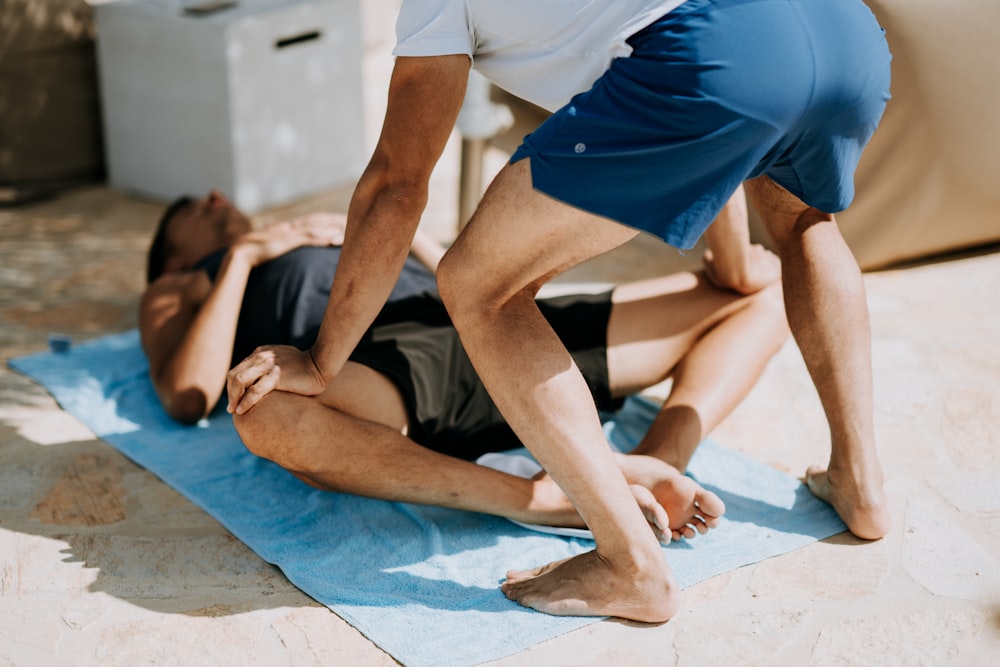目次
変形性股関節症例の歩行に関する最新論文 骨盤・股関節運動の分離に着目
変形性股関節症例の歩行の特徴といえば様々な特徴が挙げられますが,その1つに骨盤・股関節の歩行時の協調性の低下が挙げられます.
今回は変形性股関節症例の骨盤・股関節運動の分離に着目した最新論文をご紹介させていただきます.

今回ご紹介する論文
J Healthc Eng. 2020 Jul 24;2020:9545825. doi: 10.1155/2020/9545825. eCollection 2020.
Coordination Pattern of the Thigh, Pelvic, and Lumbar Movements during the Gait of Patients with Hip Osteoarthritis
Takuya Ibara 1 2, Masaya Anan 3, Ryosuke Karashima 2, Kiyotaka Hada 2, Koichi Shinkoda 4 5, Mahito Kawashima 6, Makoto Takahashi 4 5
Affiliations expand
PMID: 32774826 PMCID: PMC7396060 DOI: 10.1155/2020/9545825
今回ご紹介する論文は2020年に掲載されたばかりの新しい論文です.
本邦で行われた研究ですね.
研究の目的
There are limited reports on segment movement and their coordination pattern during gait in patients with hip osteoarthritis. To avoid the excessive stress toward the hip and relevant joints, it is important to investigate the coordination pattern between these segment movements, focusing on the time series data. This study aimed to quantify the coordination pattern of lumbar, pelvic, and thigh movements during gait in patients with hip osteoarthritis and in a control group.
変形性股関節症例の歩行時のセグメント運動とその協調パターンに関する報告は多くありません.
変形性股関節症例の歩行時の腰部・骨盤・大腿部運動の協調パターンを時系列データに基づいて解析することは,股関節や関連関節への過度な負担の回避を考える上で重要であると考えられます.
この研究では変形性股関節症例と対照群の歩行時における腰部・骨盤・大腿部の運動の協調パターンを定量化することを目的としております.
研究の方法
An inertial measurement unit was used to measure the lumbar, pelvic, and thigh angular velocities during gait of 11 patients with hip osteoarthritis and 11 controls. The vector coding technique was applied, and the coupling angle and the appearance rate of coordination pattern in each direction were calculated and compared with the control group.
変形性股関節症例11例と対照群11例における歩行時の腰部・骨盤・大腿部の角速度を慣性計測ユニットを用いて計測しております.
ベクトルコーディング法を用いて,各運動方向の関節角度と協調パターンの出現率を算出し,対照群と比較しております.
研究の結果
Compared with the control group, with respect to the lumbar/pelvic segment movements, the patients with hip osteoarthritis spent more rates in anti-phase and lower rates in in-phase lateral tilt movement. With respect to the pelvic/thigh segment movements, the patients with hip osteoarthritis spent more rates within the proximal- and in-phases for lateral tilt movement. Furthermore, patients with osteoarthritis spent lower rates in the distal-phase for anterior/posterior tilt and rotational movement.
腰椎・腰椎セグメントの動きに関しては,対照群と比較して変形性股関節症例で反位相の動きに費やしている率が高く,同位相の側方傾斜の動きに費やしている率が低いことが明らかとなりました.
骨盤大腿部セグメントの動きに関しては,変形性股関節症例は,側方傾斜の動きに関して近位相と同位相でより多くのレートを費やしていることが明らかとなりました.
さらに変形性股関節症例は,前傾・後傾運動と回転運動の遠位相での割合が低いといった結果でありました.
研究の結論
Patients with hip osteoarthritis could not move their pelvic and thigh segments separately, which indicates the stiffness of the hip joint. The rotational movement and lateral tilt movements, especially, were limited, which is known as Duchenne limp. To maintain the gait ability, it seems important to pay attention to these directional movements.
変形性股関節症例では,骨盤と大腿部を分離して可動させることが困難であり,これは股関節の硬さによるものと推測されます.特に回転運動と側方傾斜運動は制限されており,これがDuchenne跛行の一因と考えられます.
歩行能力を維持するためには,これらの方向転換運動に注意を払うことが重要と思われます.
今回は変形性股関節症例の骨盤・股関節運動の分離に着目した最新論文をご紹介させていただきました.
バイオメカニクスの知識が必要な難解な論文ではありますが,骨盤・股関節の分離,股関節のstiffnessというのが1つのキーワードになりそうですね.







コメント